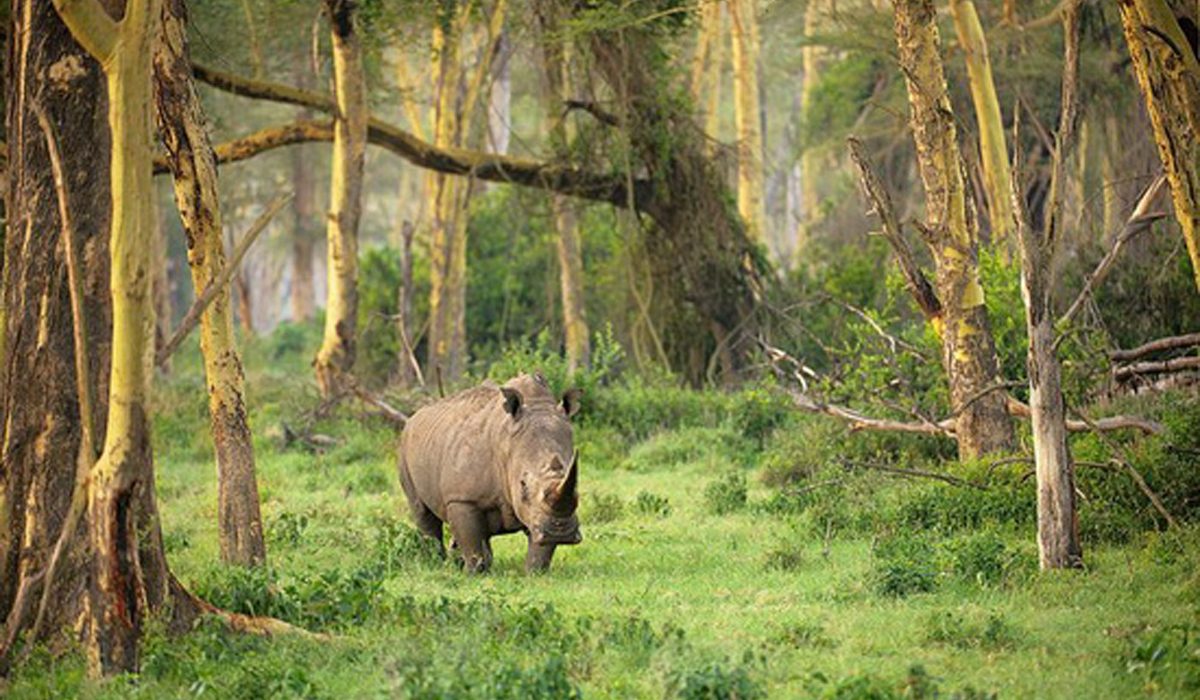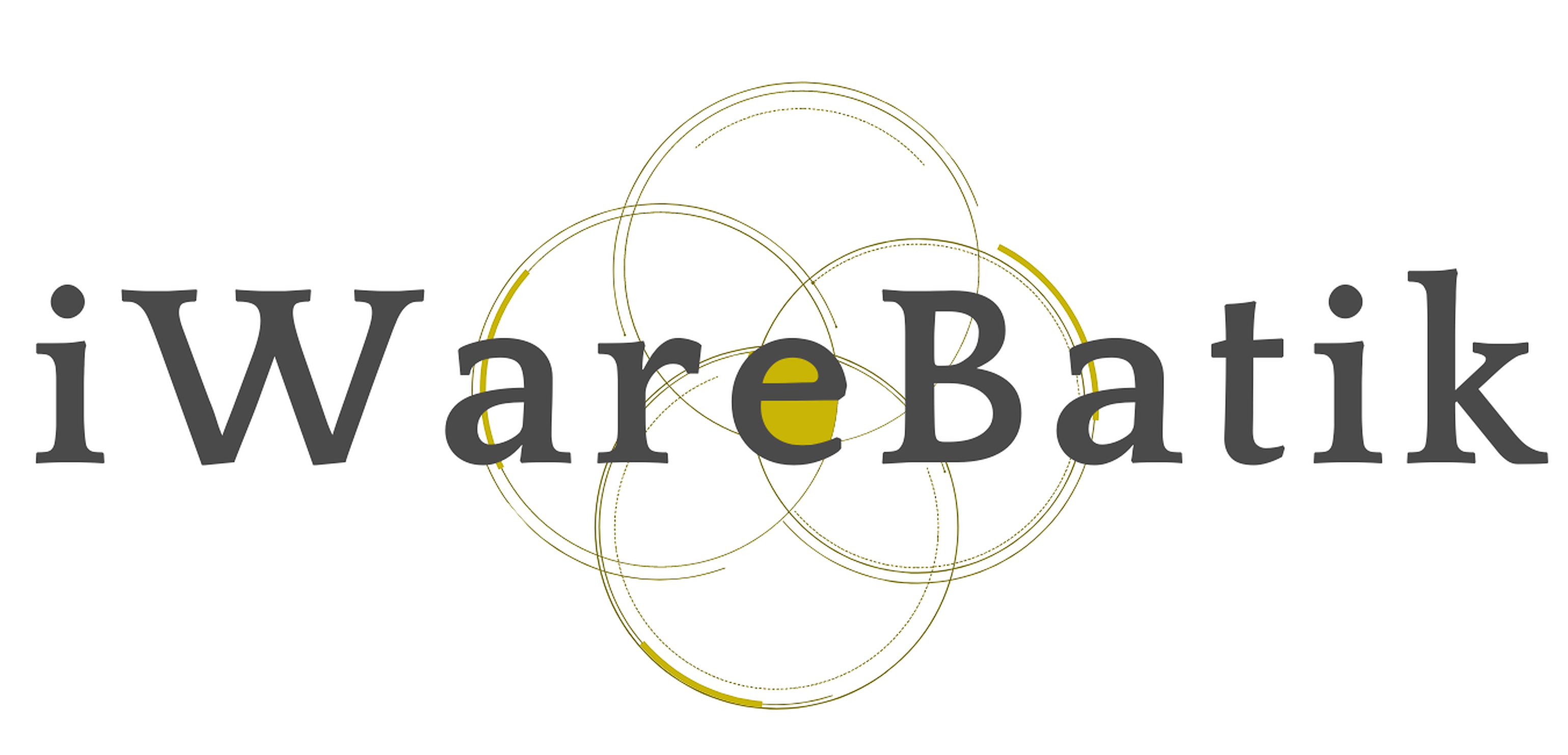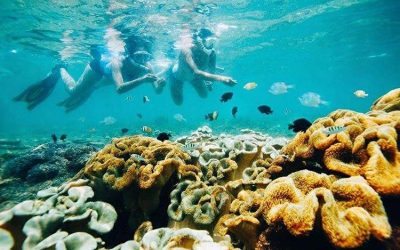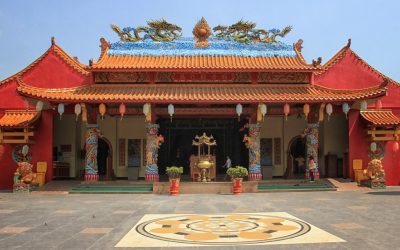Home / Batik Regions – Western Indonesia – Java Island – Banten / Ujung Kulon UNESCO World Heritage Site
Natural Destination
Embrace the spirit of the place!
Ujung Kulon UNESCO World Heritage Site

Ujung Kulon, UNESCO Natural World Heritage Site (photo: Indonesia Tourism)
Ujung Kulon UNESCO World Heritage Site
This park is situated in Ujung Jaya Village. The important thing to mention when it comes to this place is that UNESCO has approved it as one of the world’s heritage sites in 1992. Here, visitors can see many different kinds of unusual animal species and plants, especially the rare Javanese Rhinoceros.
Tourist Attractions in Banten
Tanjung Lesung Coral Conservation
What about an underwater experience in Banten? If you are up for it and
Avalokitesvara Shrine Banten
If you have a passion for history and you like to get to know new things about
Banten
Batik Motifs
Singayaksa
The Singayaksa motif comes from the name of a place where Sultan Hasanuddin used to
Leuit Sijimat
This motif reflects the daily activities of the Baduy tribe in Banten. The main ornaments of batik motif consist of:
Srimanganti
The name of the Srimanganti motif is derived from Palace’s hallway that connects to
Tangerang Herang
Tangerang Herang motif is a symbol of Tangerang city. The Tangerang Herang batik motif consists of
Discover
Indonesian
Batik
Motifs
Hiu Taliyasan
Indonesia is also home to the world’s largest fish, the whale shark (Rhincodon typus). Hiu Taliyasan refers to
Cengkeh
The clove flower motif is the main commodity of the Tolitoli Regency. This motif represents
Besurek Rembulan
This batik illustrates praise for God who created the wonderful universe
Kasih Tak Sampai
‘Kasih Tak Sampai’ is an idiom in the Indonesian language which refers to
Gedhog Kembang Waluh
a combination of Javanese cultural motif of the Majapahit kingdom (XII-XIV century) with
Keluak Daun Pakis
The word “Keluak” is a Minang language which means twisted or tangled. The Motif of
Singayaksa
The Singayaksa motif comes from the name of a place where Sultan Hasanuddin used to
Angsa Duo
According to legend, the Angso duo batik motif is a pair of swans that are believed to have led Princess
Tikar Natuna
The Tikar Natuna motif is adapted from the traditional making of pandanus mats in
Gorga Simeol-Meol
The Gorga Simeol-meol is a pattern of plant tendrils. it is regarded as a symbol of longevity and
Karawo Mahkuta
Mahkuta refers to Gorontalo’s traditional crown. It represents noble characters of
Mahkota Siger
Siger is the crown of a noblewoman in ancient time. It is a symbol of femininity, strength, and
Buketan Bali
The Balinese bouquet (Buketan Bali) is a floral arrangement and the name is
Taiganja
Taiganja is a precious gold pendant that shows the social status of the Kaili family. It is
Pala Salawaku
This motif illustrates the unique weapons of the Maluku region, namely
Rangkiang
The word “Rangkiang” refers to the rice granary in the Minangkabau language. It symbolizes
Daun Lada Hitam
The black pepper motif represents the main commodity of Bangka Belitung
Manguni Minahasa
Manguni is identified as the symbol of the Minahasa people. Manguni is known as a
Gamolan
This motif illustrates Gamolan, a bamboo musical instrument of Lampung that is
Pucuk Rebung Riau
Pucuk Rebung symbolizes heart determination in achieving goals, good luck, and
Gurdo Solo
Gurdo or garuda bird is the mount of the Indian god Vishnu. As the Sun Bird,
Honai
The Honai is inspired by the traditional house of the Papuan community living in
Rumah Mamuju
the Batik motif illustrates the house of Mamuju King with the stairs, located on the left of the wooden stage house
Kuda Kupang
Horses symbolize wealth. It contains noble values of virtuous characters that bring
Srimanganti
The name of the Srimanganti motif is derived from Palace’s hallway that connects to
Lipaq Sabe
Lipaq Saqbe contains a simple geometric classical motif with various flower decorations. This textile is
La Galigo
La Galigo is a literary work of the Buginese Epic that has 300 thousand epic lines. It is considered even
Tabir Tanjung
Tanjung flower is a type of Cherry tree flower, which is commonly found in
Sido Mulyo
Sidomulyo is one of the classical motifs, which is specifically used for the bride’s costume in
Pinawetengan
The Pinawetengan Batik pattern was taken from a prehistoric inscription in
Teguh Bersatu
This batik motif shows the strength of the people of Kupang. It also represents a sense of
Burung Bidadari
Bidadari birds are endemic birds in Halmahera. This motif represents an
Prada Papua
The word “Prada” in the Javanese-Indonesian dialect means a batik textile that
Kaganga Tanah Rejang
If Batik Besurek combines Arabic calligraphy motifs, then the Kaganga batik takes
Ikan tambal
The word “Ikan” refers to fish. The philosophical meaning of Ikan Tambal means is
Tifa Totobuang
The batik motifs illustrate Maluku’s traditional music instrument called
Bale Lumbu
This motif signifies the welfare of the ancient Sasak society. Bale also symbolizes the
Leuit Sijimat
This motif reflects the daily activities of the Baduy tribe in Banten. The main ornaments of batik motif consist of:
Bintik Tujuh
The Bintik Tujuh (Seven Dots) motif has 7 white spots and green color gradation as
Kaharingan
The Kaharingan or ‘tree of life’ based on the Dayak tribes’ belief system. This tree symbolizes
Tenun Bima
The motifs are adopted from Bima woven textile. This pattern has received a great
Tangerang Herang
Tangerang Herang motif is a symbol of Tangerang city. The Tangerang Herang batik motif consists of
Malinau Cultural Festival
You will witness a unique competition that might not be found other than in
Pattimura
Pattimura is the name of an Indonesian hero who fought against colonialism in
Bultiya
The word ‘Bultiya’ is an acronym of the three major tribes in North Kalimantan, namely
Kawung
The Kawung motif was created by Sultan Agung Hanyokrokusumo (1593 – 1645) as a symbolic gift for
Jupri Kembang Teh
Kembang Teh illustrates the tendrils of tea plants that grow in the highlands of
Salakanagara
Salakanagara batik motif illustrates the first kingdom in the Betawi land
Gonggong Siput
Gonggong (Strombus Turturella) is one type of sea snail found around
Gumin Tambun
Based on Hindu mythology, this motif symbolizes lucks, abundant wealth, and
Gentala Arasy
Built as high as 80 meters, the tower also highlights the historical side of
Insang Ikan
Insang refers to the gills of the fish. This is a typical pattern of Malay ethnic who inhabits
Karawo Pinang
Pinang refers to the Palm areca tree. This motif is considered as the original
Tanah Liek
The word “Tanah Liek” refers to clay in Minang language. It is also known as
Jumputan Bintang
The word Jumputan means the tie-dye technique, while the word “Bintang” refers to
Desa Na Tolu
The Desa Na Tolu characteristic pattern symbolizes the Batak philosophy of existence and
Gonggong Beruntun
This motif illustrates that a person should maintain a positive attitude and
Besurek Rafflesia
The term “Basurek” refers to a textile that contains letters or inscriptions
Durian Pecah
Broken Durian motifs depict the foundation of faith. The second half signifies the mastery of
Awan Berarak
Awan Berarak is a combination of Dayak motifs and Malay patterns. The word ‘Awan Berarak’ means the
Sero Tangga
The Sero Tangga illustrates an endearing feeling and sacrifices of a person to fulfil
Gajah Way Kambas
The motif illustrates the Lampung’s natural reserve, the Way Kambas. it also symbolizes
Wirasat
Wirasat or divine inspiration is a gift from God. This inspiration is symbolized by
Biji Kopi
The coffee seeds motif illustrates the pride of local coffee specialities in
Tengkawang Ampiek
With its many advantages, the Dayaks use this leaf in ritual ceremonies. This plant is a symbol of
Lok Baintan Floating Market
As you can imagine, the most authentic thing is that you can buy things and even
Tampuk Manggis Sasirangan
The motif illustrates the philosophy of the mangosteen fruit, which is
Ukir Sentani
The Ukir motif is a batik motif that is inspired by various traditional Sentani wood carvings
Dayak Kamang
Kamang motif is generally found in the Dayak tribe shield because it is believed to
Kain Cual
Cual textile tradition has existed since the 17th century. The word “Cual” refers to
Parang Seling
Parang Seling or “alternating daggers” is a royal batik motif. It is a feminine variant of




